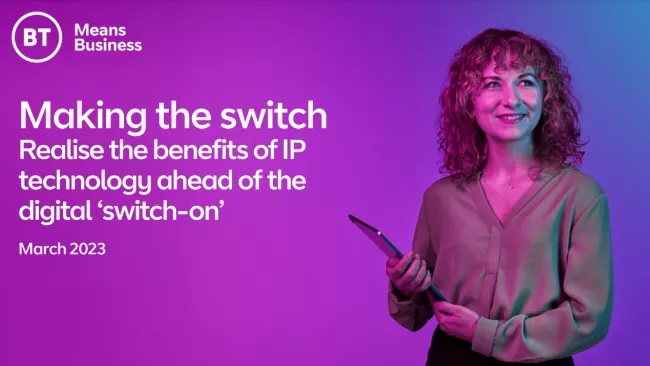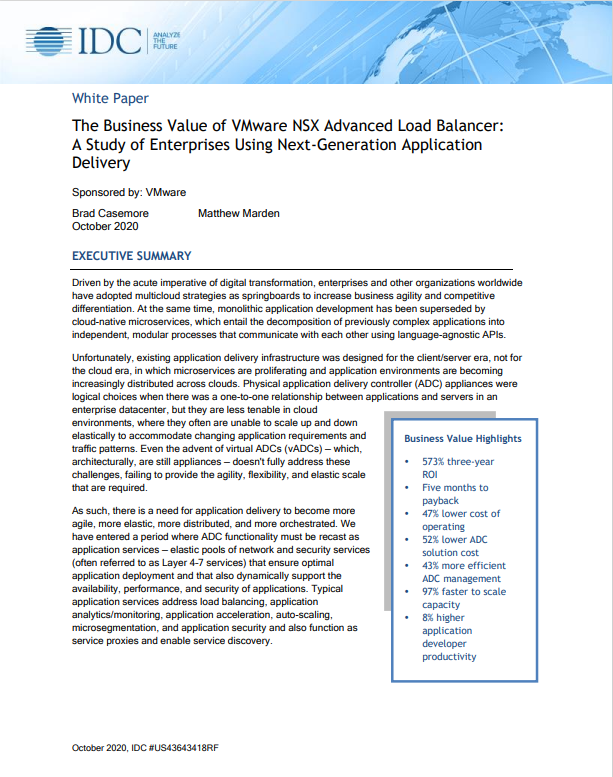UK government eyes £160 million satellite fund to boost 5G and broadband
Low Earth orbit satellites could be crucial for worldwide communications stability


The UK government has announced a new fund for businesses of up to £160 million ($202 million), intended to spur the development of new low Earth orbit (LEO) satellite constellations.
The Connectivity in Low Earth Orbit scheme (CLEO) would provide organizations and academics with funding to accelerate development into next-generation LEO communications.
Examples of innovations in the sector include using artificial intelligence (AI) to make data transfer more efficient, improving satellite hardware entirely, or improving interoperability of satellites to prevent vendor lock-in with satellite operators.
It is hoped that the funding will support hundreds of LEO satellites to be launched, which could go a long way toward supporting satellite broadband and eventually expanding 5G access.
“Tackling the digital divide is at the heart of empowering our citizens wherever they live, and by investing in the vital research and development that CLEO would facilitate, we can level up our country while growing the economy through high-quality jobs,” said Michelle Donelan, science, innovation, and technology secretary.
“This proposed record investment is also potentially a huge opportunity to harness our reputation as a world leader in innovation and R&D investment, supporting leading UK businesses to deliver the next generation of satellites and positioning the UK as a true space superpower.”
RELATED RESOURCE

Sharpen your manufacturing competitive edge
Download this eBook to discover how to bring order and insight to the massive flow of digital information.
Up to £100 million ($127 million) could be made available through a direct government grant, with a further £60 million ($76 million) potentially available through the European Space Agency’s (ESA) UK-backed Advanced Research in Telecommunications Systems (ARTES) program.
Sign up today and you will receive a free copy of our Future Focus 2025 report - the leading guidance on AI, cybersecurity and other IT challenges as per 700+ senior executives
ARTES funding was used for the government’s £15 million ($19 million) satellite tech competition in October 2022, which aimed to support businesses proposing new satellite constellations or ground systems.
Although the funding has been specifically tied to the research and development of new satellites, no specific money has been allocated for launching this hardware.
The final grant amount has not yet been agreed upon, with £160 million ($202 million) proposed as a maximum dependent on internal conversations.
What are the benefits of LEO satellites?
LEO satellites could be used to dramatically increase rural connectivity, as they can be coupled with receivers on the ground to provide data speeds as high as 200 Mbits/sec to the most remote premises.
Unlike many communications satellites, LEO satellites are not geostationary so can only provide connectivity for as long as they are over a given area. This is not a problem, so long as each one forms part of a larger constellation of satellites that work in tandem to give users seamless connectivity.
Due to their remote nature and uptime potential, LEO satellites make an excellent backbone for traditional communications networks and critical national infrastructure.
They could be employed by governments and businesses to ensure that key networks experience zero downtime even in the most adverse circumstances.
In the US, the Defense Advanced Research Projects Agency (DARPA) has engaged firms such as Intel, SpaceX, and Amazon to work on an extensive LEO network to facilitate military, government, and civilian data transfers.
The design phase for the project will last until late 2023, with the second phase set to run well into 2025 with an aim to eventually support 100 Gbits/sec connections.
SpaceX has worked with the UK government in trials to demonstrate the usefulness of LEO satellites in rescue operations, and a May 2022 government consultation found that 43% of businesses had explored satellites as an alternative to fixed broadband.
The Ukrainian government has made heavy use of SpaceX’s Starlink in its fight against Russian invaders, with the service providing a steady back-end to critical systems even as Russia has bombarded traditional communications infrastructure.
But The New York Times reported that SpaceX tried to drop its initial free Starlink offering to Ukraine in September, and at that time asked the US Department of Defense to provide $400 million to keep the service running for another year.
Elon Musk is apparently using Starlink to intervene in the Ukraine war by vetoing access to its services to facilitate operations that he personally dislikes: https://t.co/50D72egAfI pic.twitter.com/LBd6ML2QR4July 30, 2023
The same report alleged that Elon Musk has overseen efforts to geofence Ukraine’s Starlink connectivity. In practice, this may have prevented Ukrainian troops from accessing the internet when in zones of the country occupied by Russia.
Actions of this kind could convince governments and private organizations to invest in a wider range of LEO options, to avoid becoming reliant on the mercy of any one satellite communications network such as Starlink.

Rory Bathgate is Features and Multimedia Editor at ITPro, overseeing all in-depth content and case studies. He can also be found co-hosting the ITPro Podcast with Jane McCallion, swapping a keyboard for a microphone to discuss the latest learnings with thought leaders from across the tech sector.
In his free time, Rory enjoys photography, video editing, and good science fiction. After graduating from the University of Kent with a BA in English and American Literature, Rory undertook an MA in Eighteenth-Century Studies at King’s College London. He joined ITPro in 2022 as a graduate, following four years in student journalism. You can contact Rory at rory.bathgate@futurenet.com or on LinkedIn.
-
 Gender diversity improvements could be the key to tackling the UK's AI skills shortage
Gender diversity improvements could be the key to tackling the UK's AI skills shortageNews Encouraging more women to pursue tech careers could plug huge gaps in the AI workforce
-
 Researchers claim Salt Typhoon masterminds learned their trade at Cisco Network Academy
Researchers claim Salt Typhoon masterminds learned their trade at Cisco Network AcademyNews The Salt Typhoon hacker group has targeted telecoms operators and US National Guard networks in recent years
-
 Architecting enterprise networks for the next decade
Architecting enterprise networks for the next decadeWhitepaper A new paradigm in network architecture
-
 Making the switch
Making the switchWhitepaper Realise the benefits of IP technology ahead of the digital ‘switch-on’
-
 IDC: The business value of VMware NSX Advanced Load Balancer
IDC: The business value of VMware NSX Advanced Load BalancerWhitepaper A study of enterprises using next-generation application delivery
-
 IBM and Verizon expand Texas lab to test new 5G use cases
IBM and Verizon expand Texas lab to test new 5G use casesNews Industries will be able to use 5G, hybrid cloud, and AI to create “Industry 4.0” applications
-
 Channel Pro Insight: A fast guide to central network management
Channel Pro Insight: A fast guide to central network managementWhitepaper How to stay connected and secure with central network management
-
 UCL sets record for fastest data rate
UCL sets record for fastest data rateNews University team achieves throughputs of 1.125 Tbps
-
 Intel acquires Avago’s LSI SDN business
Intel acquires Avago’s LSI SDN businessNews Pays $650 million for Axxia Networking Business firm
-
 Vodafone and Three pool resources for Irish network push
Vodafone and Three pool resources for Irish network pushNews Mobile operators form joint venture to bolster Irish network coverage.